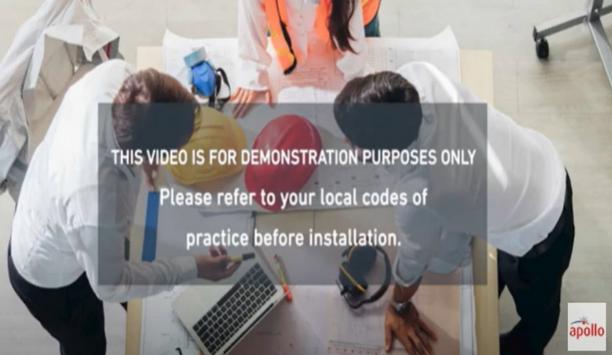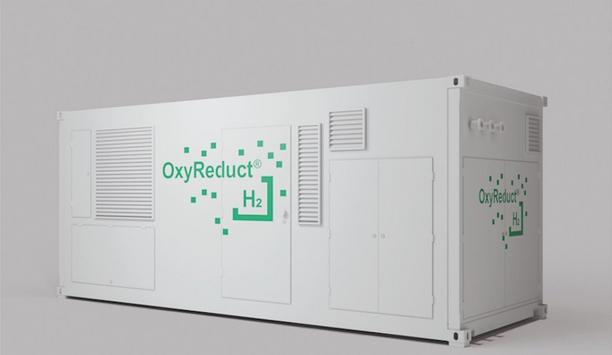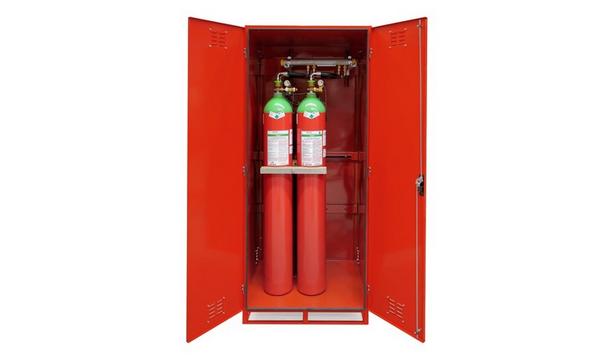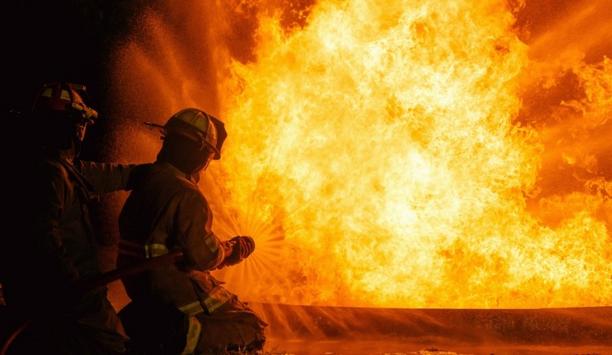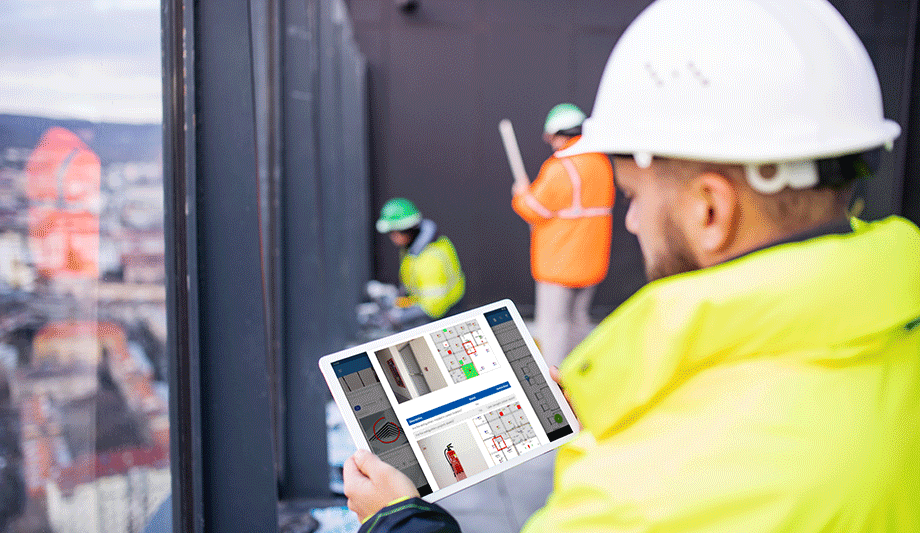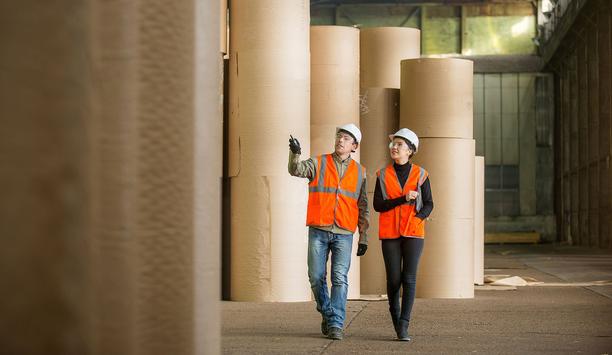The first step to becoming a specialist in any field is to build a theoretical foundation, but having a vast amount of textbook knowledge isn’t enough to truly be an expert.
While many things can be learned from behind a desk, those theories should always be backed up with practical knowledge as well.
Now, while it might make sense to throw a new salesperson onto a cold call or a new server onto the restaurant floor immediately after classroom training – what about situations where putting theory into operation before hands-on practice may have serious, maybe even life-threatening risks?
Imagine if airplane pilots had to test their newly learned skills at 40,000 feet in the air.
Hands-on practice
In certain fields, students need extensive hands-on practice before they put their knowledge to the test in the real world. Firefighters and hazmat workers need a secure and controlled environment where they can gain practical knowledge for different scenarios and verify understanding without being exposed to any real risks.
Luckily, simulation technology allows to do just this – and what’s more, simulations encourage faster learning by giving instant feedback on their actions during exercises. Students can experiment using creative solutions without any negative real-life consequences.
Key benefit
Simulated learning irrespective of any industry consistently offers high engagement rates
No matter the industry, simulated learning consistently offers one key benefit: high engagement rates. When learning is hands-on and interactive, this added fun factor will undoubtedly spur student interest.
Interested students actively participate, which is a crucial building block for learning retention. Instructors know that students retain more information when they learn by doing.
Simulation technology
From healthcare to construction, many other industries have been reaping the benefits of simulation technology for quite some time. It will be awesome to watch as the hazmat industry fills a critical gap in training by following suit.
Industry pioneers such as the International Association of Fire Fighters, Boston Fire Department, Los Alamos National Laboratory, and others are already training safer and smarter with simulation technology like the HazSim Pro 2.0 system.



